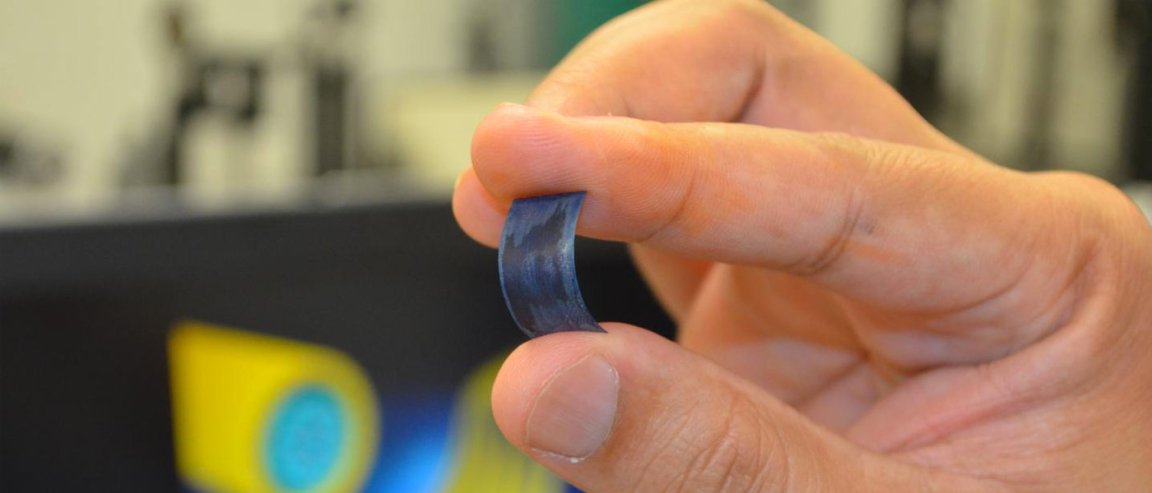
Bite-size Supercapacitors
Consumer electronic devices are becoming more powerful while shedding or maintaining size. These smaller gadgets require significant amounts of energy, which current batteries don’t exactly efficiently provide yet, especially after extended use. Scientists from the University of Central Florida (UFC) have developed a very thin, flexible supercapacitor with high energy density.
The team from UCF’s NanoScience Technology Center figured out a way to use two-dimensional materials as supercapacitors, solving the problem of size. Presumably, for a supercapacitor to hold the same amount of energy as existing lithium-ion batteries have to be much bigger than current batteries. “We developed a simple chemical synthesis approach so we can very nicely integrate the existing materials with the two-dimensional materials,” said lead researcher Yeonwoong Jung, an assistant professor at UCF’s NanoScience Technology Center and the Materials Science & Engineering Department.

The two-dimensional material used is called transition-metal dichalcogenides (TMDs). Not only is it small, it also allows for faster electron transfer — aka, faster charging and discharging — thanks to a highly conductive core. The supercapacitors are made of millions of nanometer-thick wires with two-dimensional material shells coating.
Reshaping mobile technology
The supercapacitors are also more durable. They don’t degrade quickly over time, even after being recharged 30,000 times. Conversely, lithium-ion batteries suffer in performance after about 1,500 charging cycles.
“If they were to replace the batteries with these supercapacitors, you could charge your mobile phone in a few seconds and you wouldn’t need to charge it again for over a week,” Nitin Choudhary explained.
The technology is not yet ready for commercial use, in fact, Jung is currently working to have it patented. Once it becomes available, it could be the future of electronics, from smartphones to wearables, and even electronic vehicles. “[T]his is a proof-of-concept demonstration, and our studies show there are very high impacts for many technologies,” said Jung.
The study is published in the journal ACS Nano.